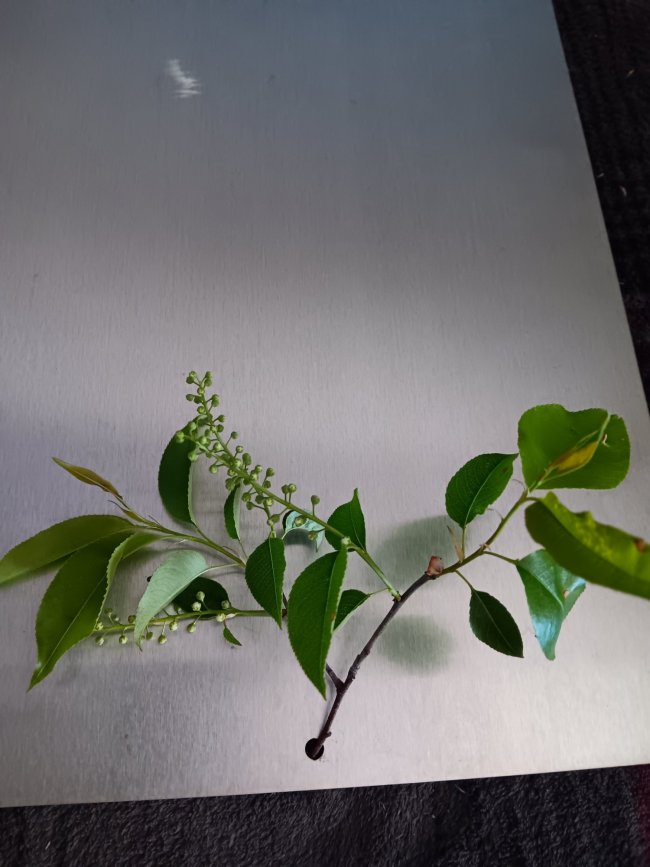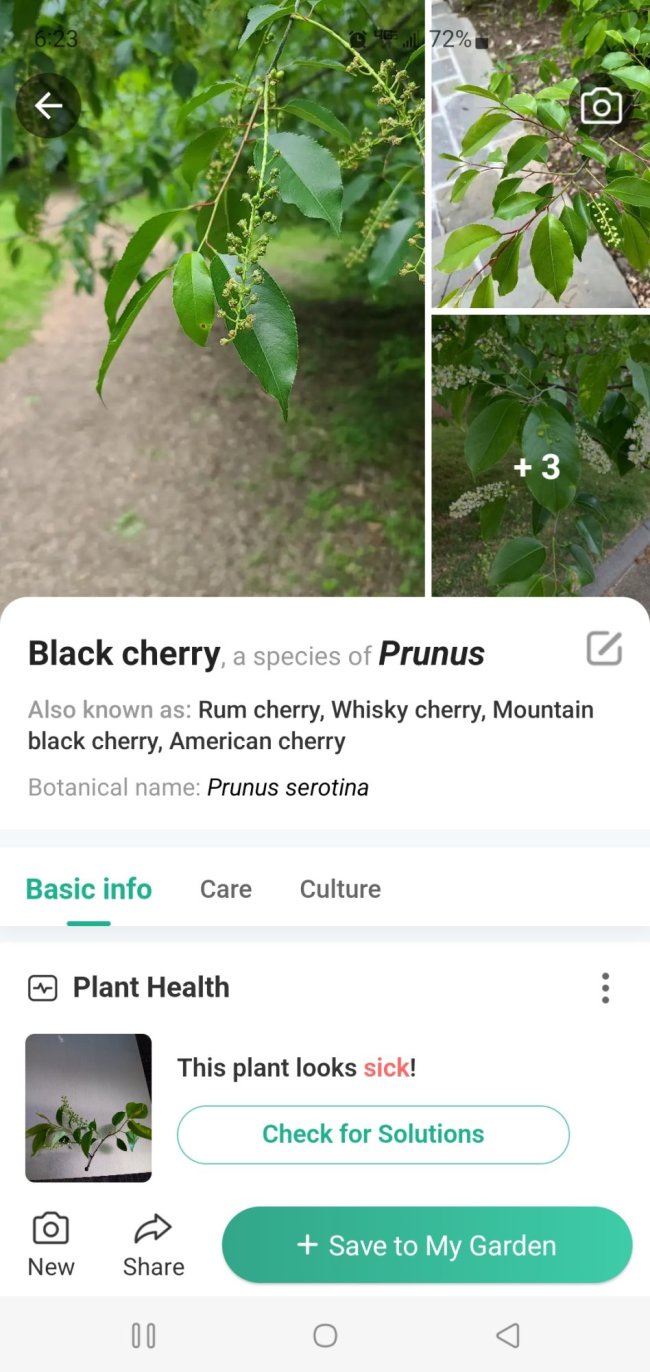 This is growing on my property, but most of this tree is laying on the ground.
This is growing on my property, but most of this tree is laying on the ground.There are probably 4 trunks altogether at ground level and 2 are mostly upright, but at least on big limb is 30' long and on the ground.
If it's not a fruit tree I want to trim it back.
If it is a fruit tree I might reassess.
Thanks for any help








